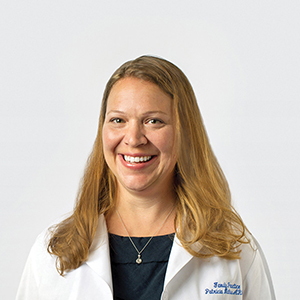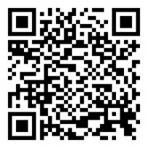Understanding Your Breast Cancer Risk: A Personalized Approach to Prevention

It starts with knowing your risk.
Thinking you might be at higher risk for cancer – or knowing more about your personal risk based on family history, health history and genetics – can be scary. But an expert care team can help transform fear into feeling more reassured and empowered.
That's why Overlake is home to a high risk cancer clinic that provides care for people who think or know they might be at increased risk for certain cancers. This includes people who have a family history of certain types of cancer or have family members with genes known to significantly increase the risk of cancer.
Sheinool Khaki decided to face her fears after her sister was diagnosed with breast cancer – and doctors had also found a lump in her own breasts. When she made an appointment at the Overlake High Risk Cancer Surveillance Clinic, she wasn’t sure what to expect.
“Breast cancer can be such a sensitive, scary subject. It helps so much to have someone who listens and is compassionate, approachable and respectful. Going to the high risk clinic has eased my mind and helped me calmly talk about considerations based on my family and health history,” said Sheinool.

Patricia Mathis, ARNP at the High Risk Surveillance Clinic says when women are empowered by knowing they’re at higher risk, they can also be empowered to take extra steps to lower that risk. And that can help them:
- Feel more at ease and in control.
- Make more informed decisions.
- Change the course of their life.
“Working with high-risk patients is so rewarding because we’re able to save lives – and sometimes even whole families and generations,” explains Patricia.
Each year, our High Risk Cancer Surveillance Clinic helps hundreds of people at high risk proactively prevent or detect cancer early by offering:
- Genetic counseling and genetic testing, which may help identify other family members at higher risk too.
- Earlier or more frequent mammograms. Instead of starting at age 40, you might start in your 30s.
- Breast MRIs, possibly starting in your 20s because MRIs can help detect cancer more readily, especially in dense breasts.
- Preventative surgeries, such as mastectomy, which can reduce the risk of developing breast cancer by 90-95%.
- Nutrition counseling, to help you eat more foods known to protect against cancer.
- Social and emotional support, from others in similar shoes – or from our team’s dedicated social worker or counselor.
“Patricia took the time to answer all my questions. She allowed me to cry and express all my emotions," said Sheinool. "She even talked to me about my nutrition. The care I’ve received is so outstanding that I actually look forward to my appointments.”
After determining your risk level based on your family history, overall health history and genetics, the team at the high risk clinic works with you to develop a personalized plan – based on what you're comfortable doing.
“I always meet people where they are at," explained Patricia. "I say, ‘I’m going to give you options and then you can choose which things you want to do and which things you don’t.’ And we never pressure anyone to get genetic testing.”
______________________________________________________________________________________
This Breast Cancer Awareness Month, we’re encouraging everyone to complete a hereditary cancer risk assessment to begin learning more about their personal cancer risk level.
Visit Cancer IQ – Overlake or scan the QR code below to start your risk assessment now.









